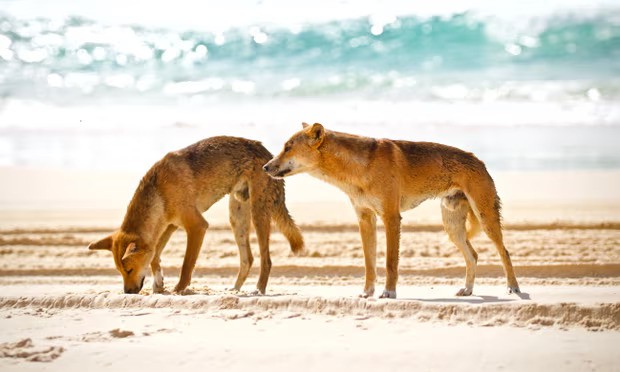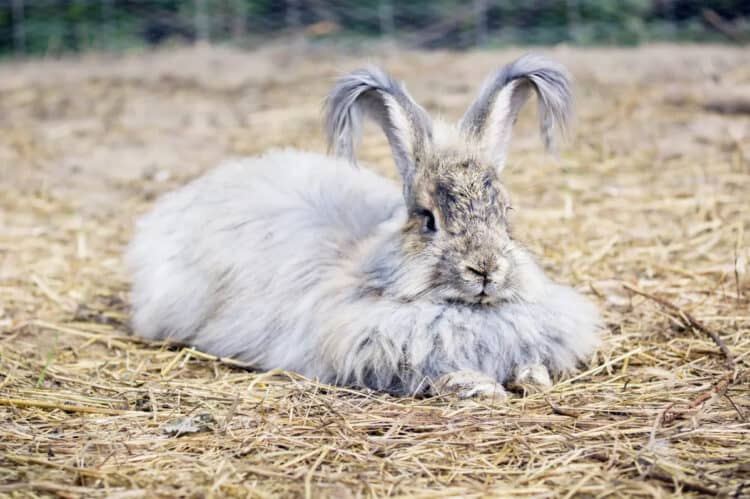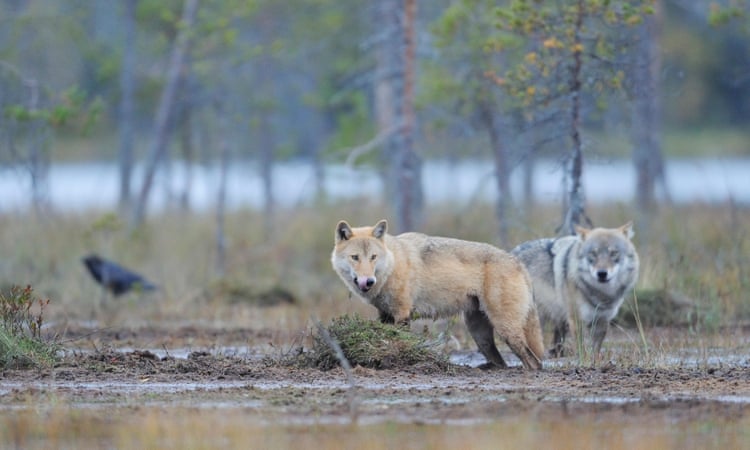Seventy-five animal welfare organisations and experts have called on the government of Sint Maarten in the Caribbean to immediately stop its attempt to cull the territory’s entire population of vervet monkeys.
The international protest comes after the Guardian revealed in January that the Dutch territory is funding a non-profit organisation to eradicate the “nuisance” species over the next three years.
The animal advocacy non-profit Born Free USA, which coordinated the protest, says experts are ready and willing to support the government with a more humane sterilisation programme. But they say they have not received a reply to their offer.
A public petition asking for non-lethal measures for controlling the invasive primate population on the island – which is shared with French St Martin – has also amassed 3,742 signatures.
However, the Nature Foundation Sint Maarten, which is carrying out the cull, has said that while the project is “painful and controversial”, it remains a necessity.
“Given the current significant but manageable size of the vervet monkey population, there is a window of opportunity to ensure that the issue does not worsen in coming decades,” it said in a statement.
Vervet monkeys were introduced to the region from Africa sometime around the 17th century and the first sightings on Sint Maarten date back to the early 1970s.
Research carried out by the Nature Foundation St Maarten found in 2020 that about 450 were living on the Dutch side of the island. By 2022, that number had increased to about 2,000.
“Given the current significant but manageable size of the vervet monkey population, there is a window of opportunity to ensure that the issue does not worsen in coming decades,” it said.
The monkeys have been blamed for eating crops, destroying gardens, entering schools and acting aggressively.
Last December, the territory’s ministry of tourism, economic affairs, transportation and telecommunication approved 100,000 Netherlands Antillean guilders (US$55,000) funding to control the species.
The foundation said this was enough to pay for a single full-time ranger to carry out the cull along with equipment, but not for a sterilisation programme.
Born Free USA says the information on which the cull is based is “fundamentally flawed”.
The group offered its “expertise, including voluntary veterinary services” for alternative humane species management, and said it will also provide training to neighbouring territories.
“In this way, Sint Maarten could lead the way on humane primate population management in the Caribbean region,” the group wrote in a letter to the Sint Maarten government.
“We would be grateful if you would consider postponing plans to cull the animals and working with us to explore truly humane alternatives.”
Born Free USA has also launched a public petition which has so far amassed more than 3,700 signatures asking for non-lethal measures to control the invasive primate population.
In its statement, Nature Foundation Sint Maarten said local law prevents anyone from releasing non-native species – so setting monkeys free after sterilisation would be a violation of the law.
It added: “In the face of substantial monkey overpopulation, neighbouring islands have turned to more desperate means of population control.”
The foundation said that among those are consumption, poisoning, hunting and shipping monkeys away for biomedical research.
“These are all invasive species management strategies that St Maarten would like to avoid by preventing the situation here from reaching that point at all,” it concluded.
The cull is projected to end in 2026, at which point the foundation says it plans to thoroughly assess its impact and review alternative, long-term management options within local law.
What you can do
Support ‘Fighting for Wildlife’ by donating as little as $1 – It only takes a minute. Thank you.
Fighting for Wildlife supports approved wildlife conservation organizations, which spend at least 80 percent of the money they raise on actual fieldwork, rather than administration and fundraising. When making a donation you can designate for which type of initiative it should be used – wildlife, oceans, forests or climate.
This article by Rebecca Bird was first published by The Guardian on 4 October 2023. Lead Image: A group of vervet monkeys in Florida. The Sint Maarten monkeys have been blamed for eating crops, destroying gardens and acting aggressively. Photograph: Rebecca Blackwell/AP.







Leave a Reply